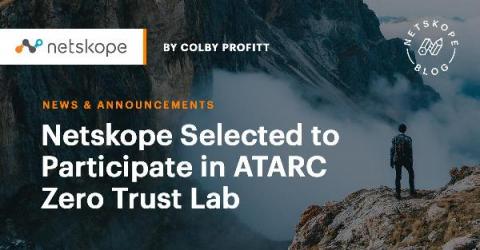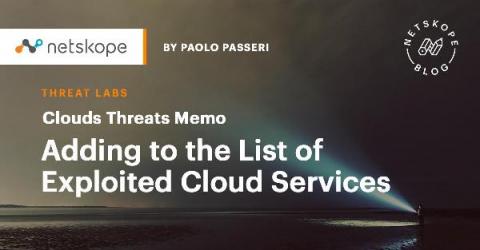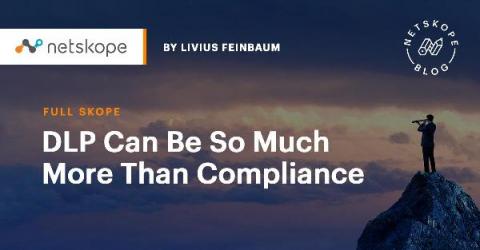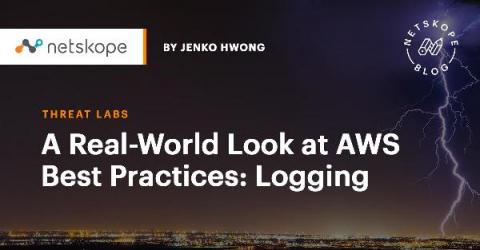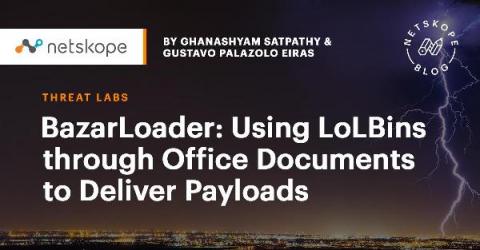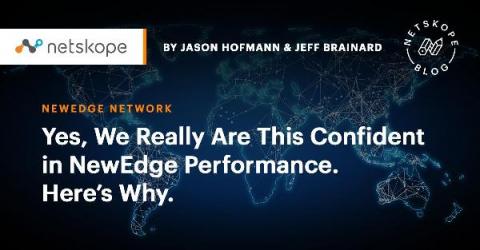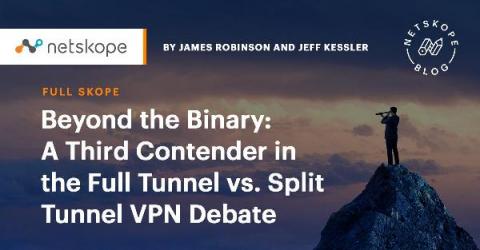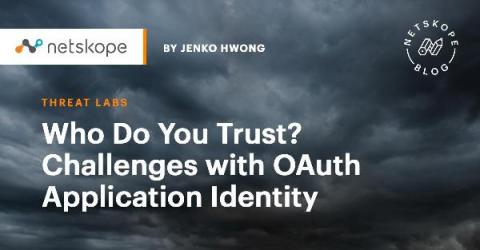Netskope Selected to Participate in ATARC Zero Trust Lab
We are pleased to share that Netskope has been selected by the Advanced Technology Academic Research Center (ATARC) as one of 49 vendors to participate in its Zero Trust Lab. The Zero Trust Lab is a state-of-the-art physical and virtual test environment that will provide federal agencies with the opportunity to build, test, and evaluate new Zero Trust Architectures in a simulated environment.


